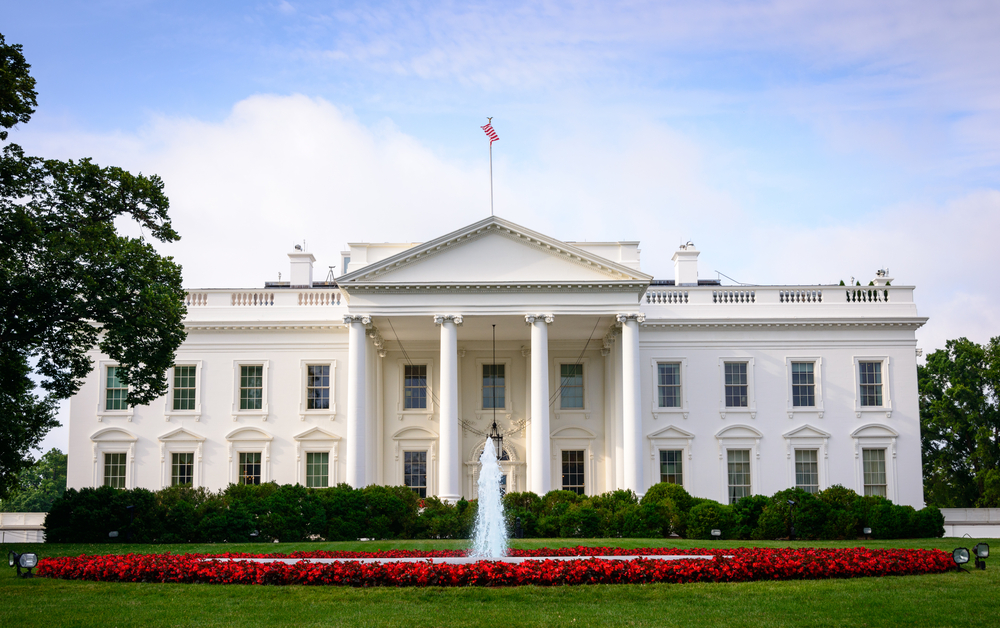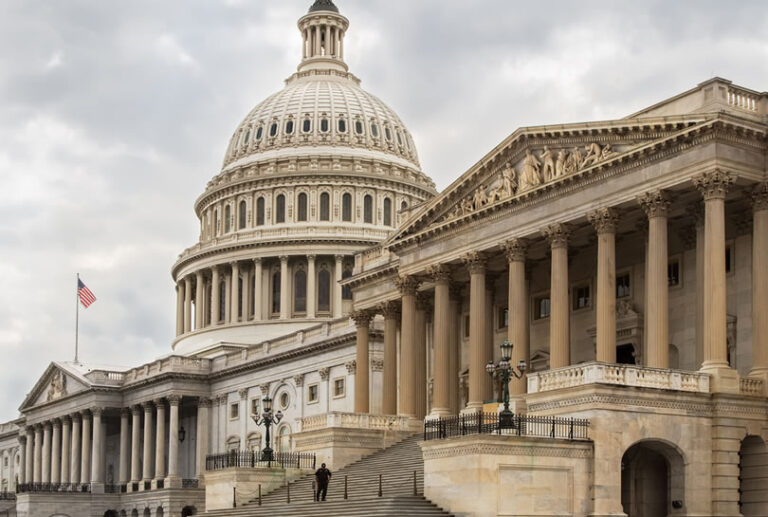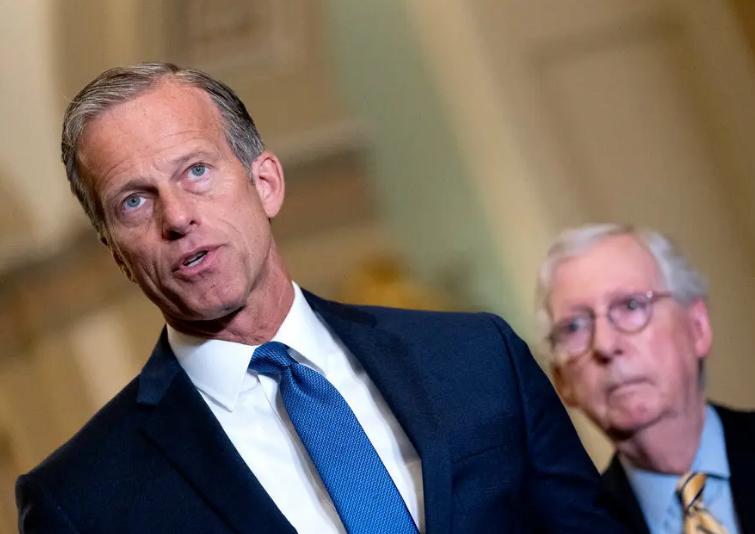May 14, 2018 – President Donald Trump on Friday announced his blueprint to lower drug prices, but his initiatives were deemed “a raft of modest moves that left the pharmaceutical industry relieved and buoyed their stocks,” by The Wall Street Journal. One of the more controversial items in Trump’s plan is a request that the Department of Health & Human Services (HHS) evaluate whether drug companies should be required to include list prices in their direct-to-consumer (DTC) product advertisements. That provision is “fraught with policy and practical peril,” according to Coalition for Healthcare Communication Executive Director John Kamp.
Generally speaking, the White House plan to lower drug prices includes many initiatives that have no timelines for implementation and stops short of calling for direct negotiation between Medicare and drug makers or for importation of lower-cost drugs from other countries. Among other provisions, the plan calls for HHS to:
- Take steps to end the gaming of regulatory and patent processes by drug makers to unfairly protect monopolies.
- Advance biosimilars and generics to boost price competition.
- Evaluate the inclusion of prices in drug makers’ ads to enhance price competition.
- Streamline and accelerate the approval process for over-the-counter drugs.
- Speed access to and lower the cost of new drugs by clarifying policies for sharing information between insurers and drug makers.
- Avoid excessive pricing by relying more on value-based pricing by expanding outcome-based payments in Medicare and Medicaid.
- Work to give Part D plan sponsors more negotiation power with drug makers.
- Examine which Medicare Part B drugs could be negotiated for a lower price by Part D plans, and improving the design of the Part B Competitive Acquisition Program.
- Update Medicare’s drug-pricing dashboard to increase transparency.
- Prohibit Part D contracts that include “gag rules” that prevent pharmacists from informing patients when they could pay less out-of-pocket by not using insurance.
- Require that Part D plan members be provided with an annual statement of plan payments, out-of-pocket spending, and drug price increases.
- Work across the Administration to address intellectual property theft and foreign freeloading.
The third bullet, which calls for publishing list prices of drugs in ads, “would almost certainly be misleading to the public and the consumers most likely to buy the products,” Kamp said, because in current practice, list prices “are paid by nearly no one, and would not accomplish any transparency goals. Indeed, although drug pricing transparency is a major issue targeted by the President and Secretary Azar, putting list prices in ads would further compound the problem.”
Additionally, Kamp asserts that “as a matter of good public policy and Constitutional law, compelling more disclosures is likely unconstitutional. Further, he said, “it’s not at all clear that the FDA statute gives the FDA power to demand list prices in ads. That means Congress must agree to put the power in the statute. Don’t hold your breath on that.”
Kamp noted that although “talk of such disclosures likely will flood the trade and consumer coverage of drug price controversy for some time, the day when it will actually happen may take months, maybe years, or even decades to come.”
To stay up to date with developments in healthcare communications, register now for the CHC Rising Leaders Conference on Healthcare Policy, May 22-23, in Washington, D.C. For more information, go to: https://cohealthcom.org/coming-up/




